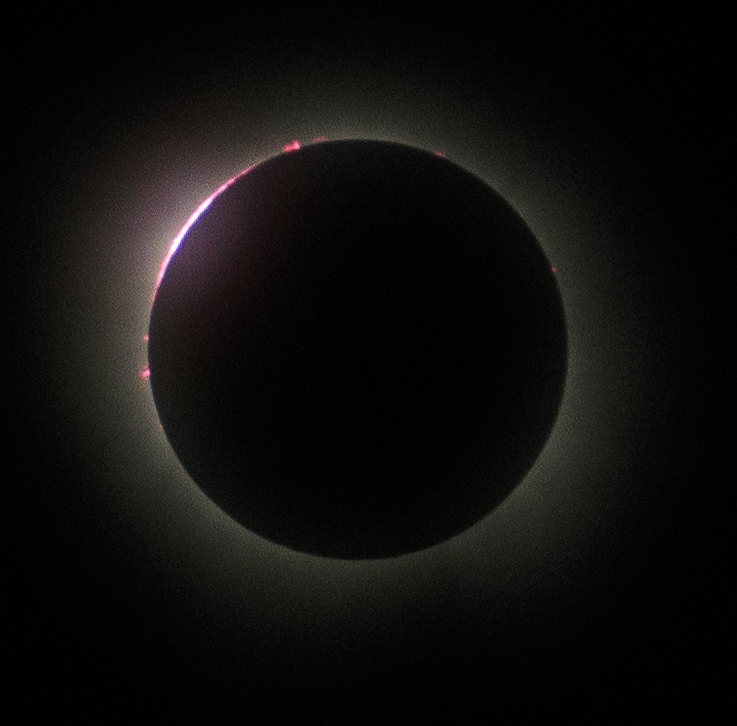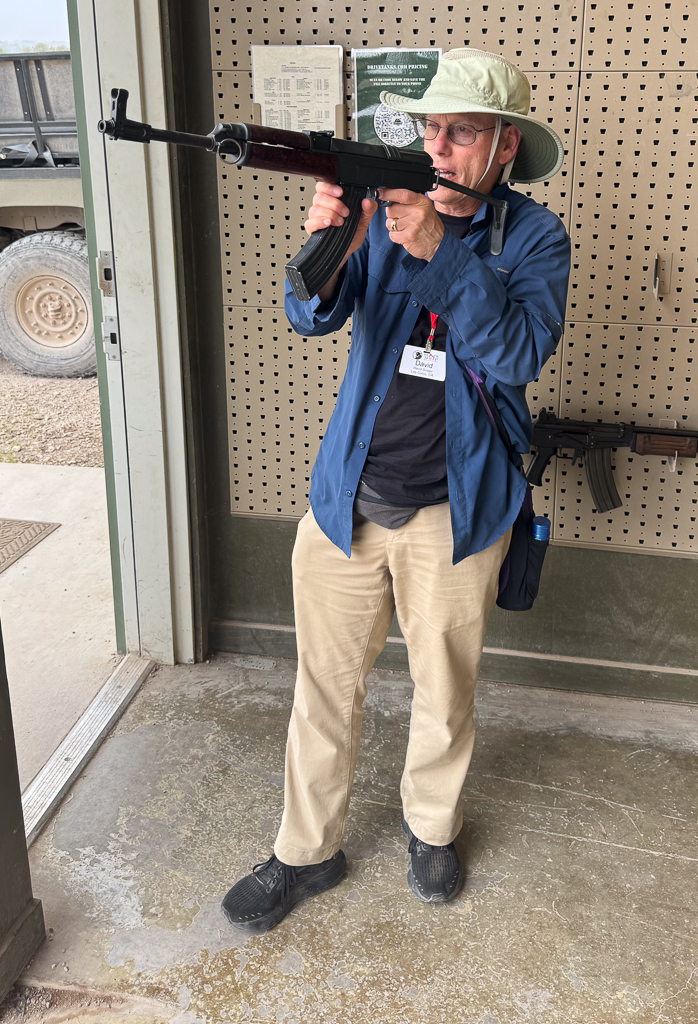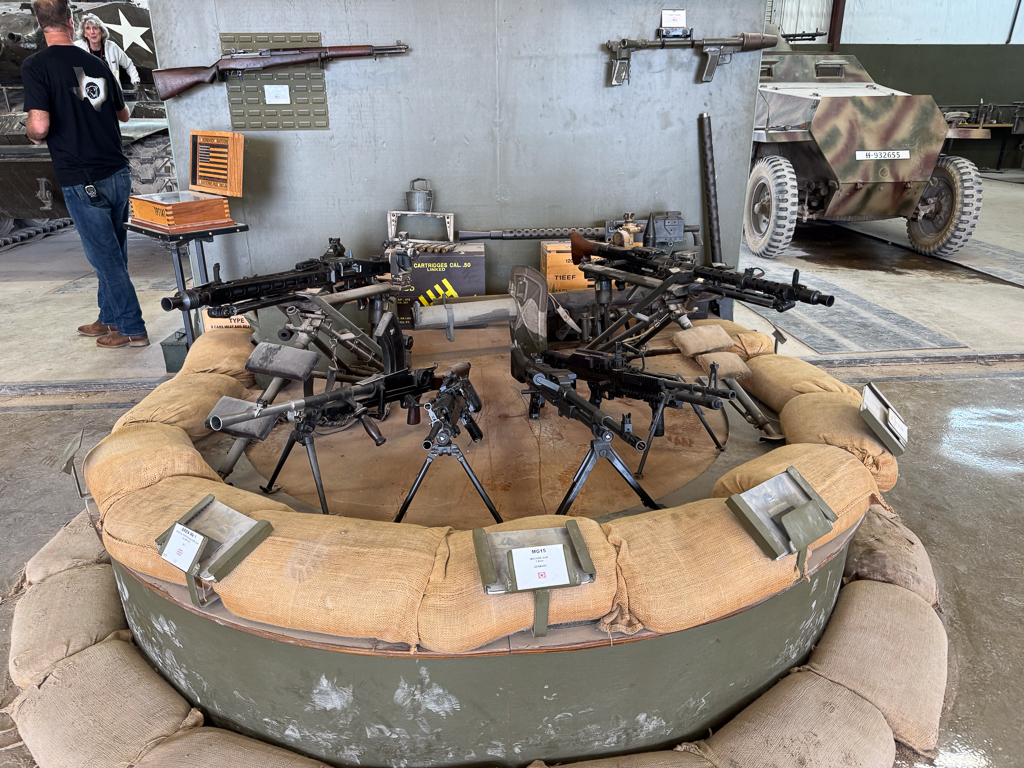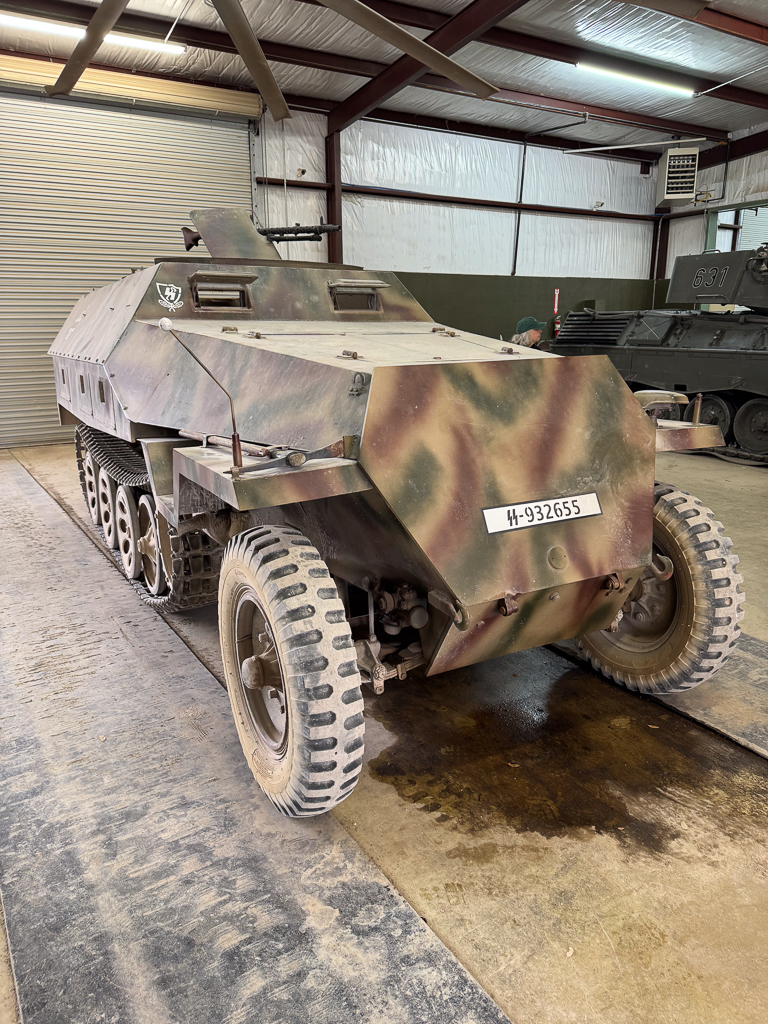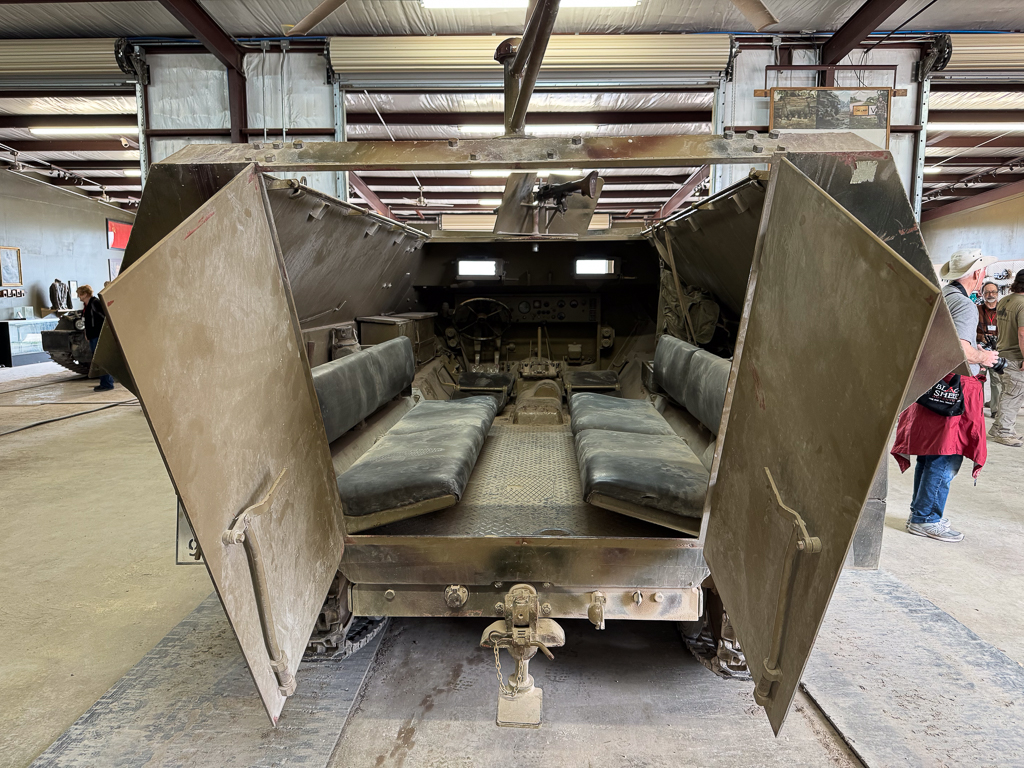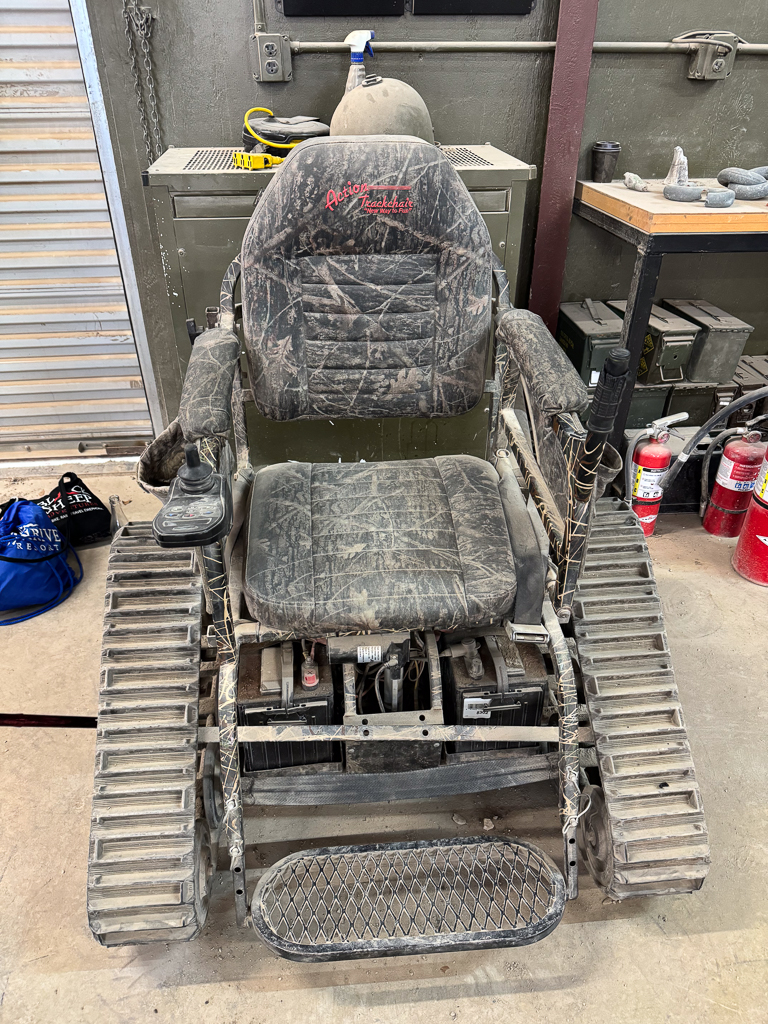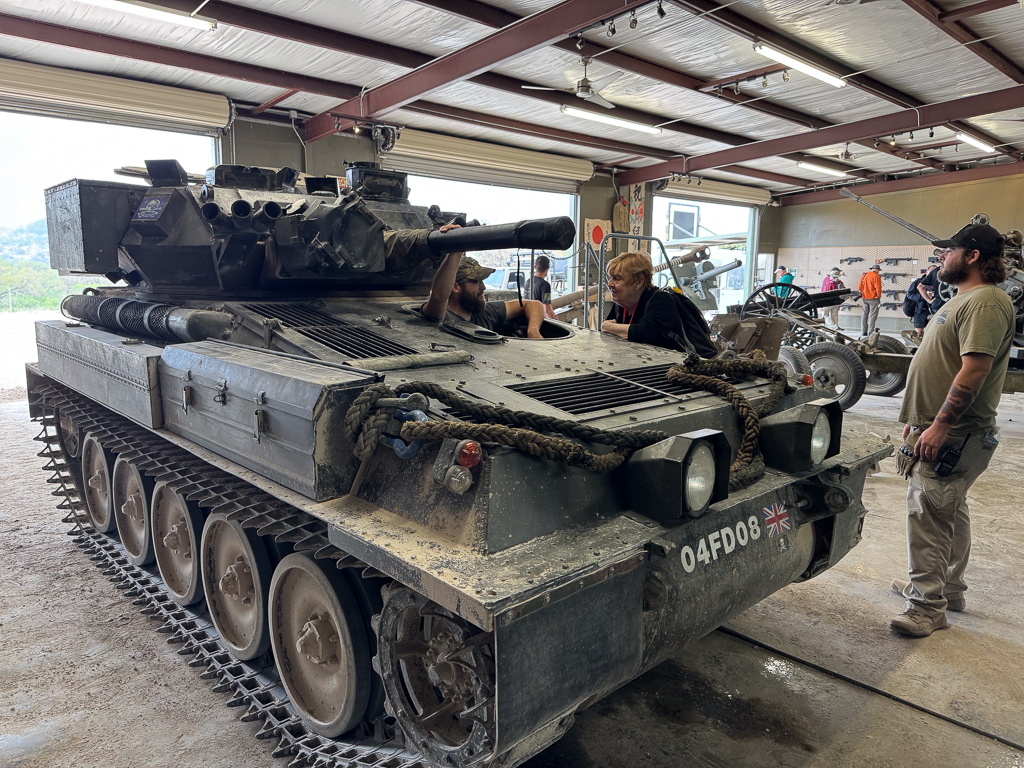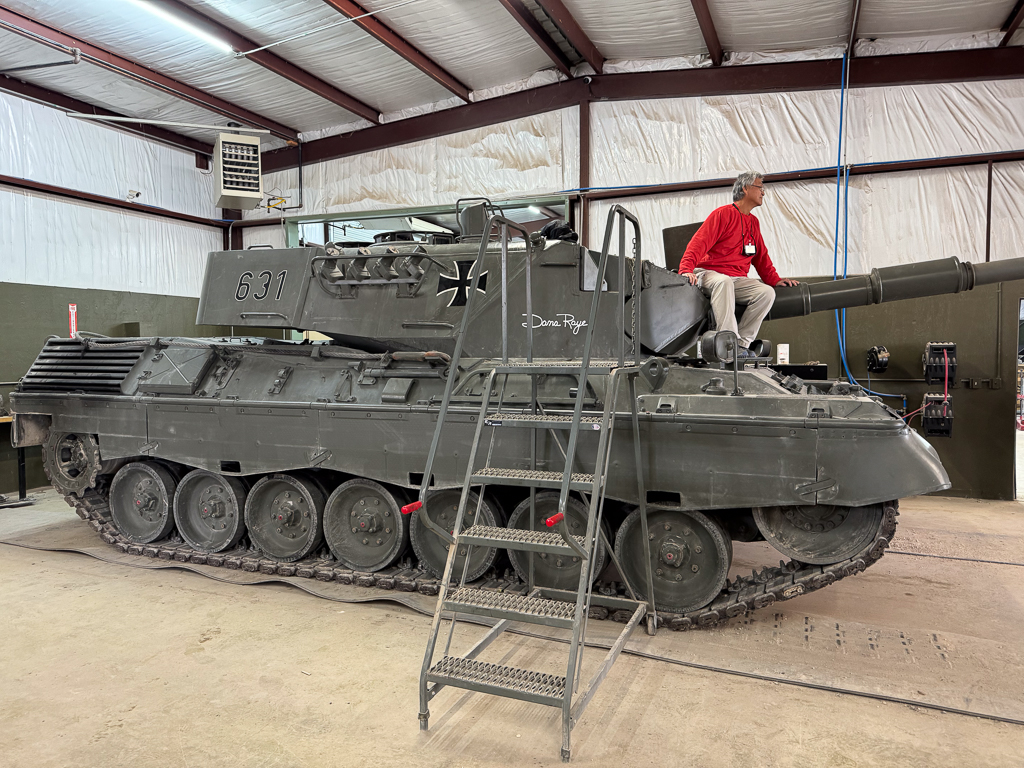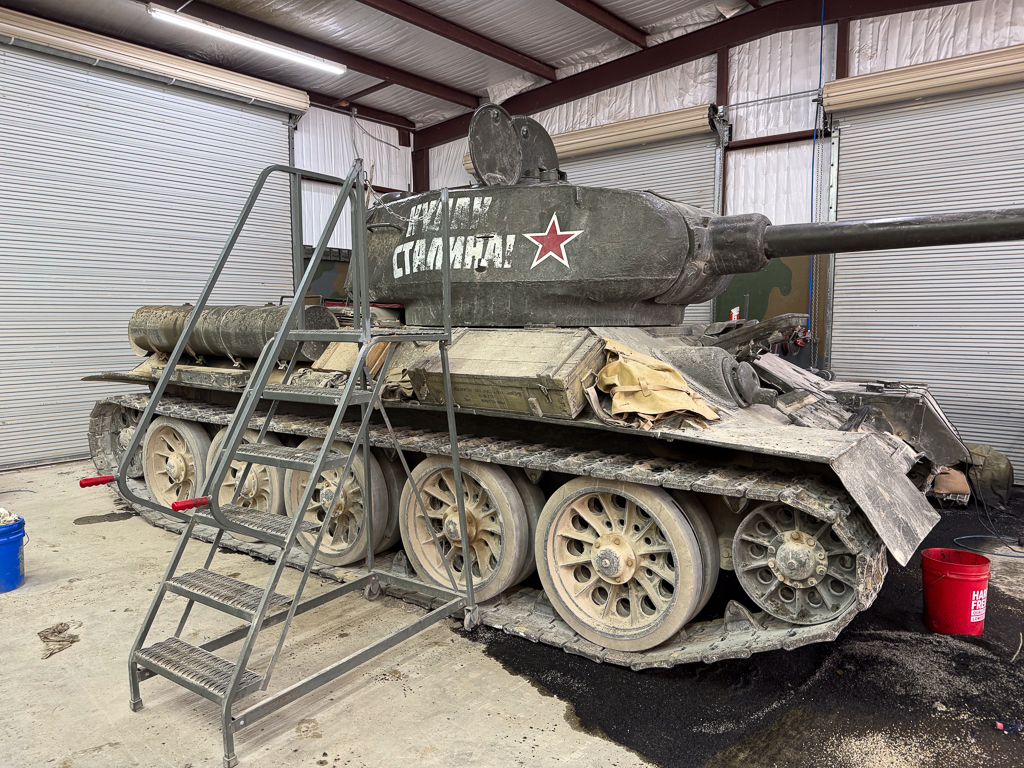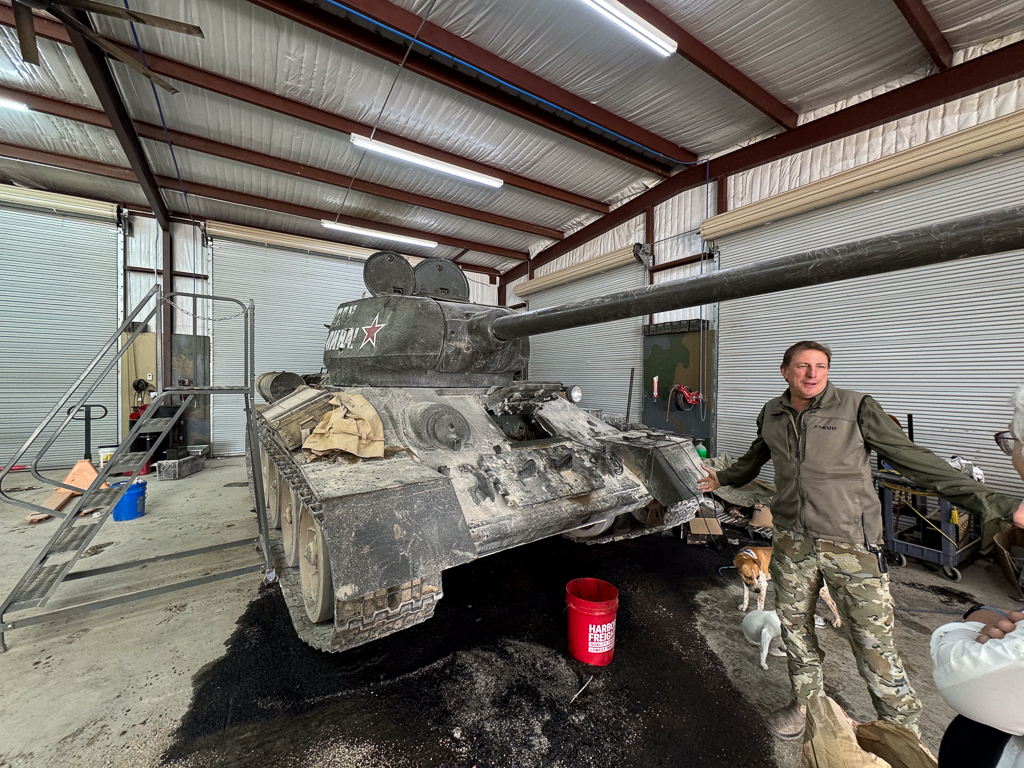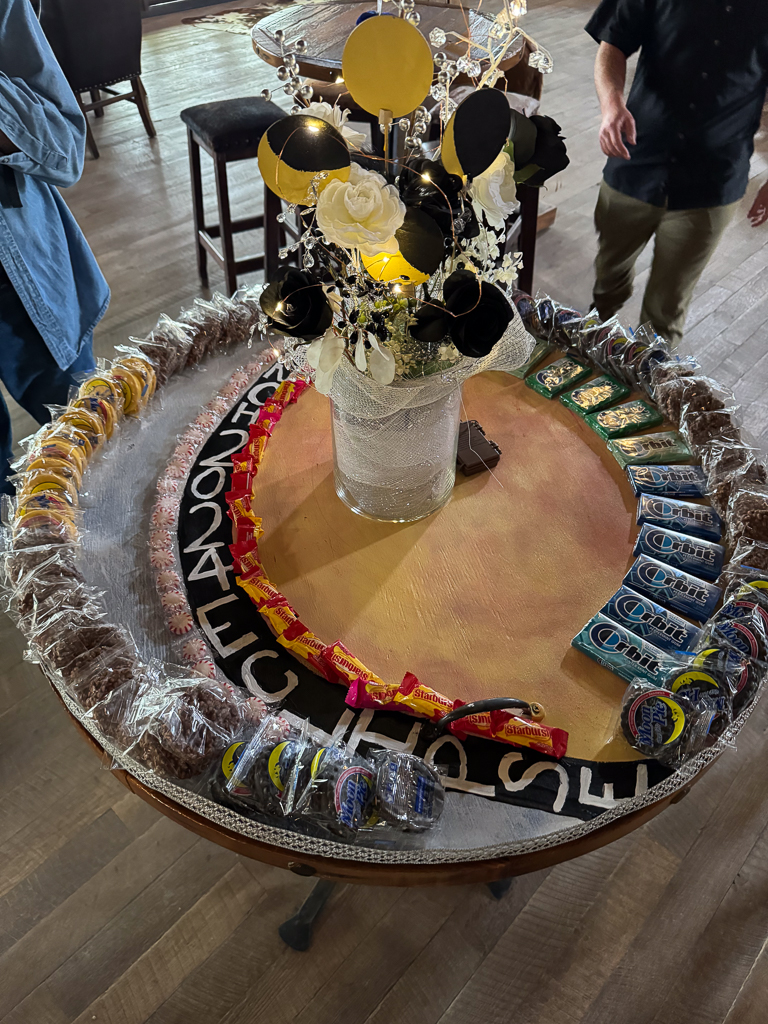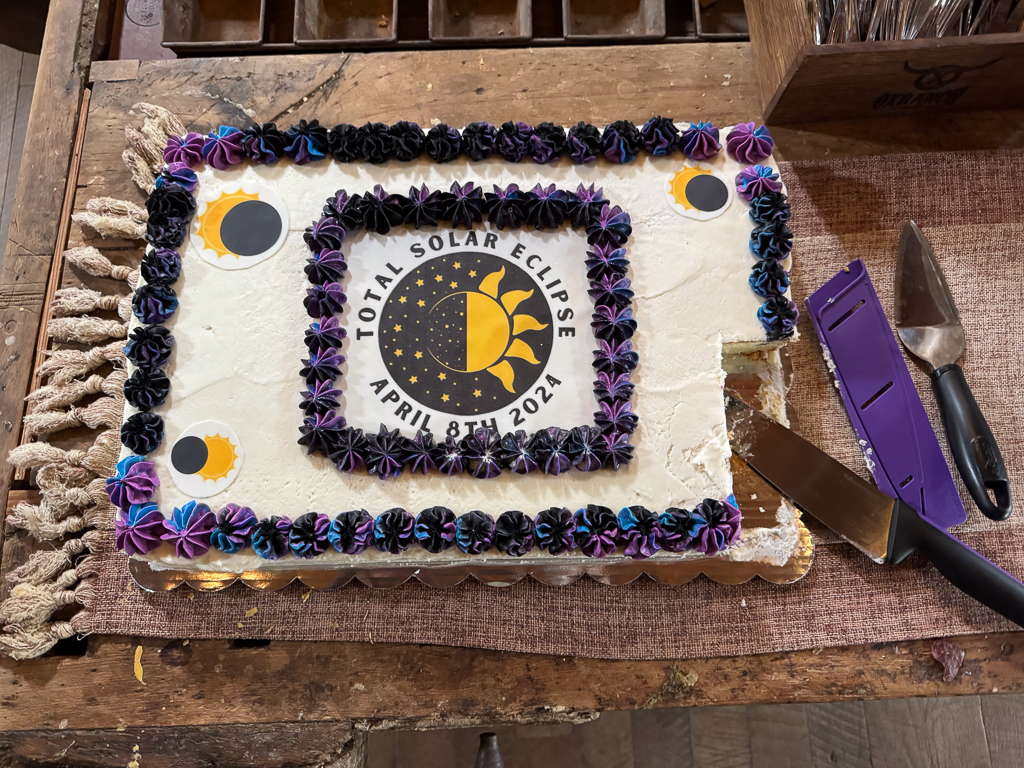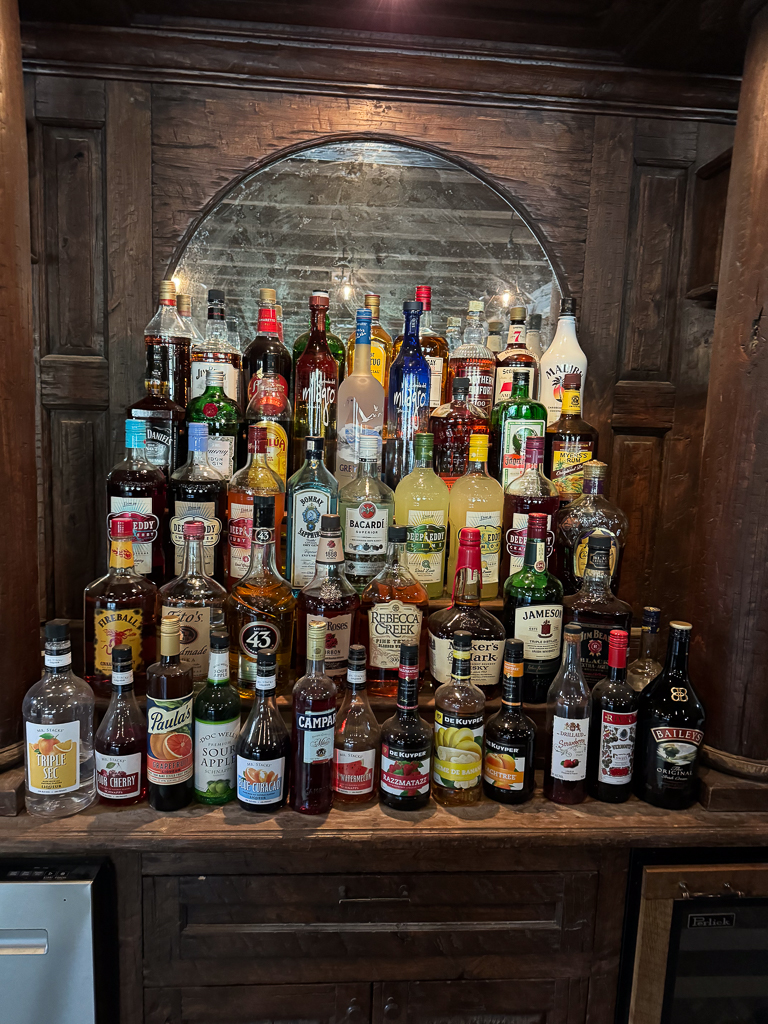Our viewing site was on Prayer Mountain, which seemed appropriate for today’s conditions.
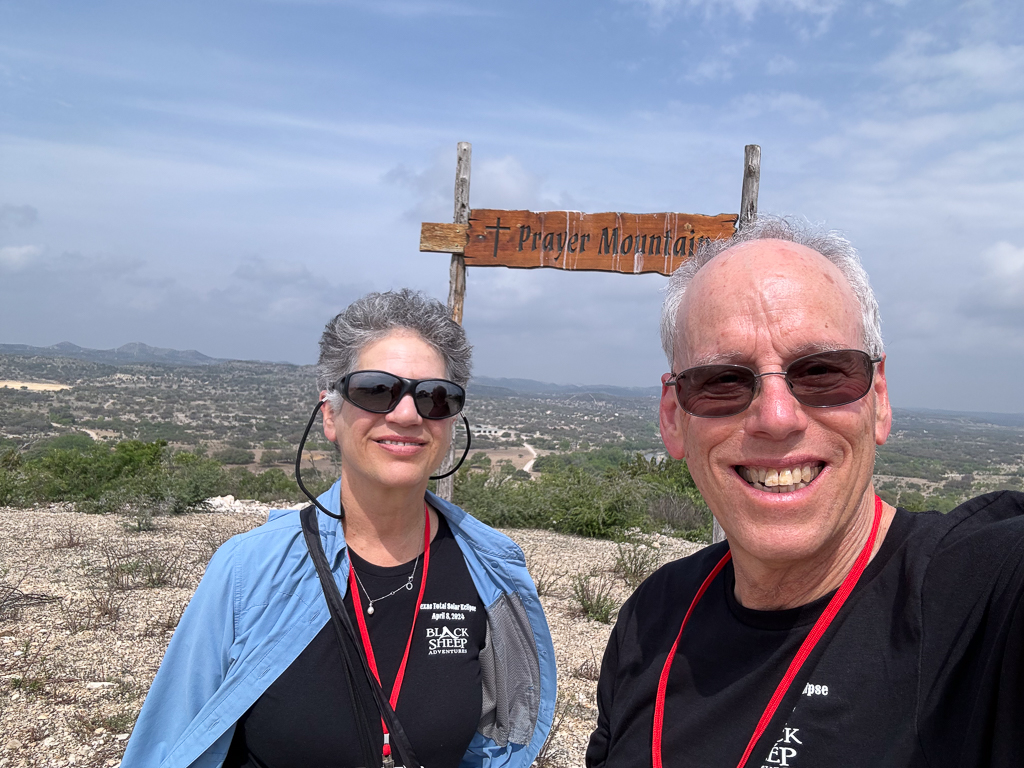
We were equipped with eclipse viewers and glasses; the viewers were easier to use, especially after our leader Fred put them on neckstraps.
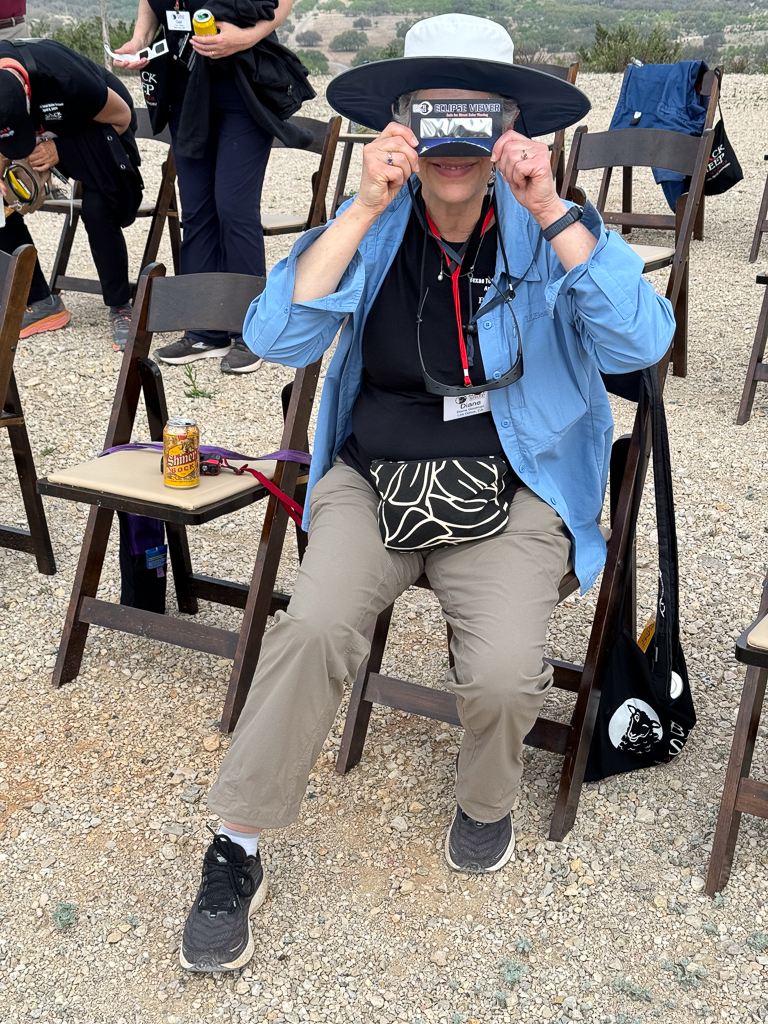
We were able to see first contact right on schedule at 12:12pm, but I wasn’t able to take a picture of it because I didn’t have a large enough filter for my camera. The clouds kept coming and going throughout the afternoon – and they were actually our friends, because they let us see and photograph the progress of the eclipse without special gear!
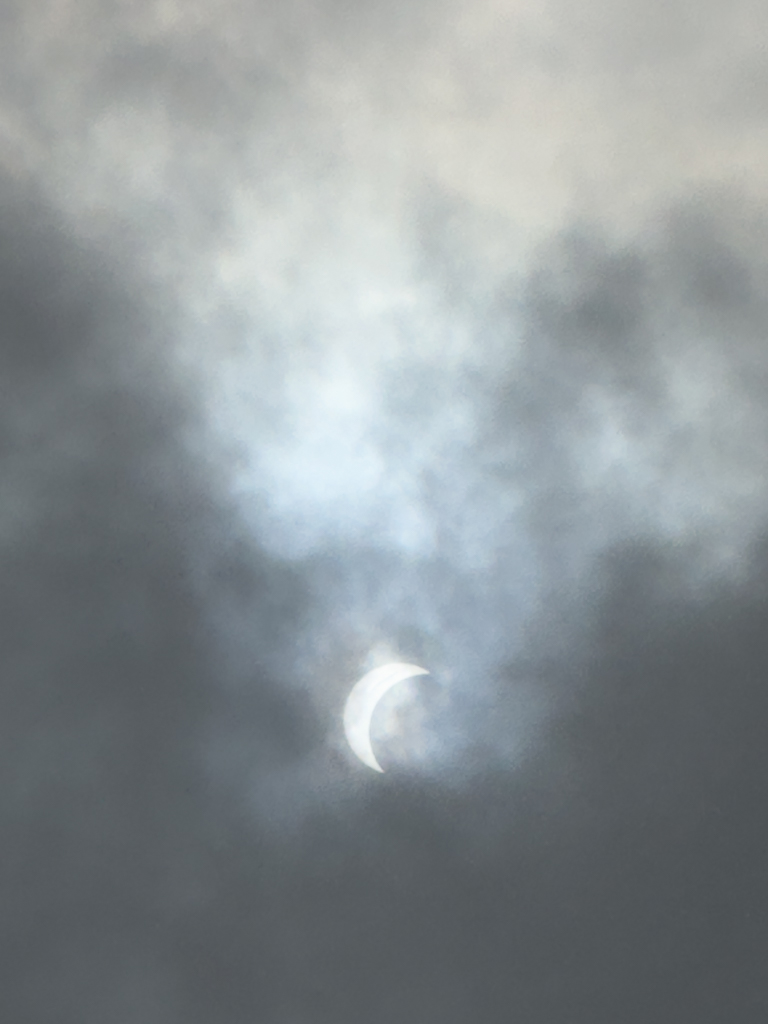
As we got closer and closer to totality, the sun was completely obscured at times, and easily visible at others.
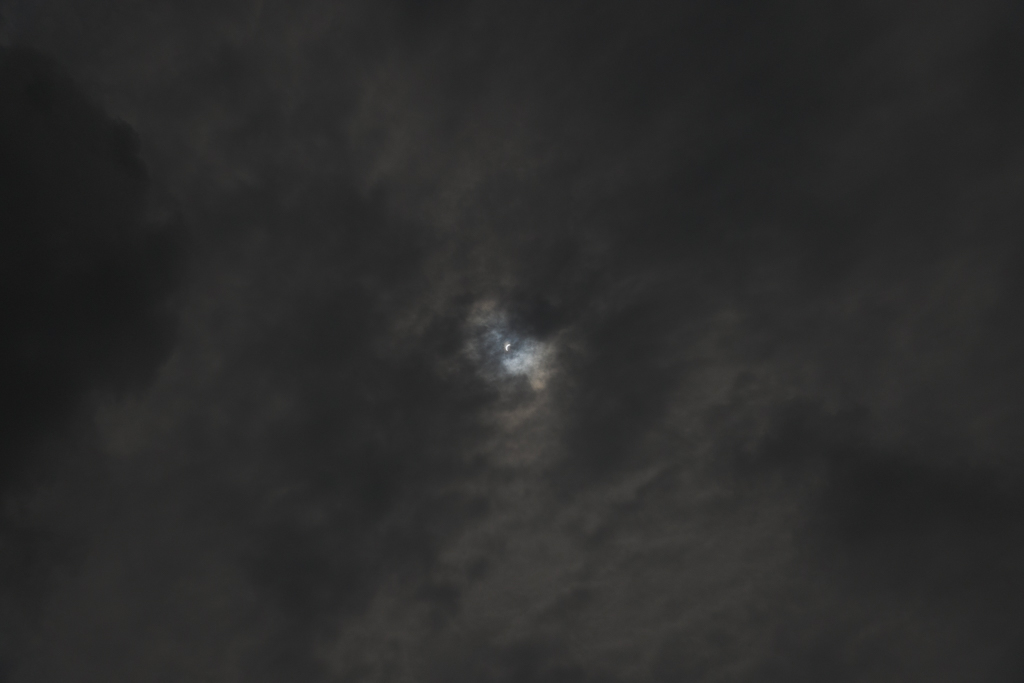
I was finally able to successfully mate the eclipse viewer to my iPhone at T-10; the sun was in a clear spot, so I needed it.
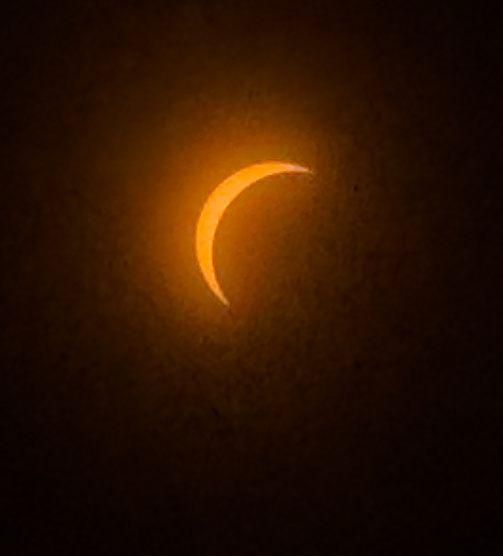
The clouds came back a couple of minutes later, and things didn’t look good for totality.

Things started happening quickly at T-2 – the moon’s shadow was visible on the horizon and the light started to get strange. It got a bit cooler, too.
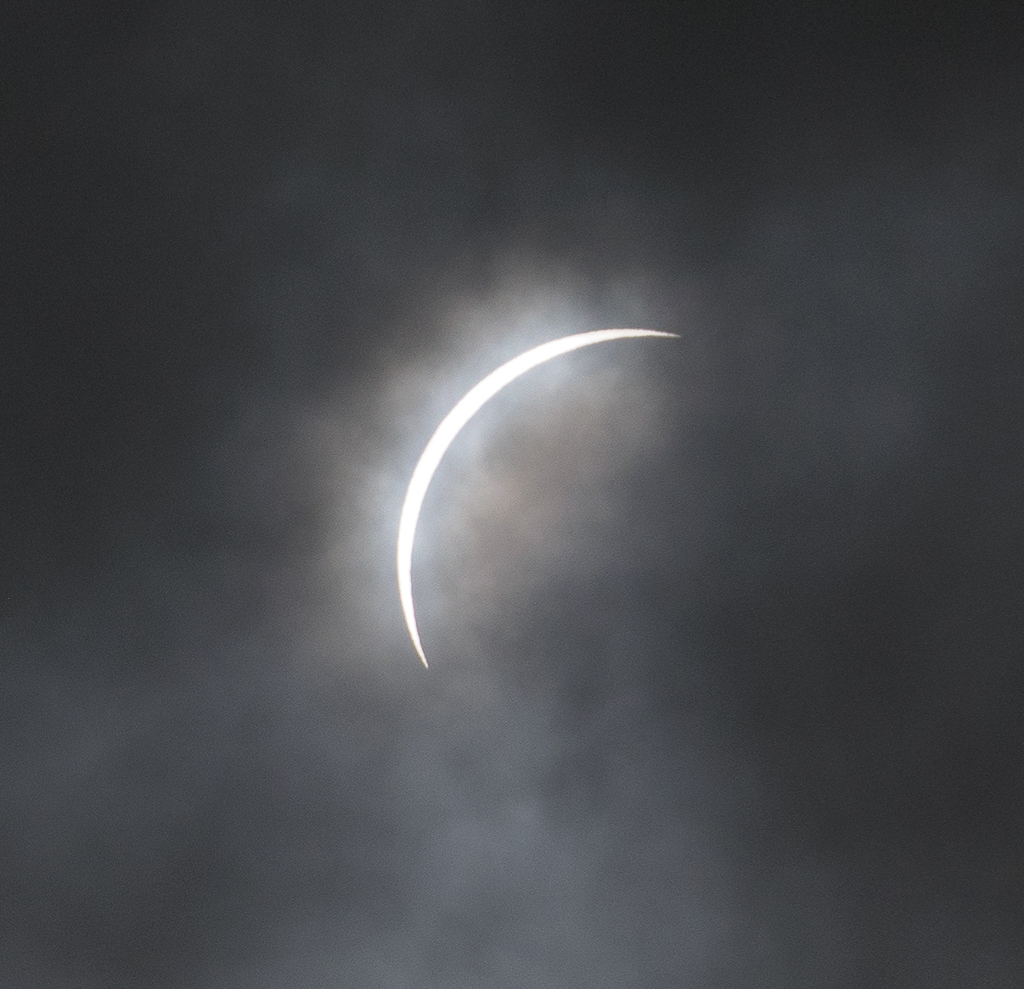
Rick Binzel kept us informed with his bullhorn – one minute to go!

And then the moment arrived…with the diamond ring!
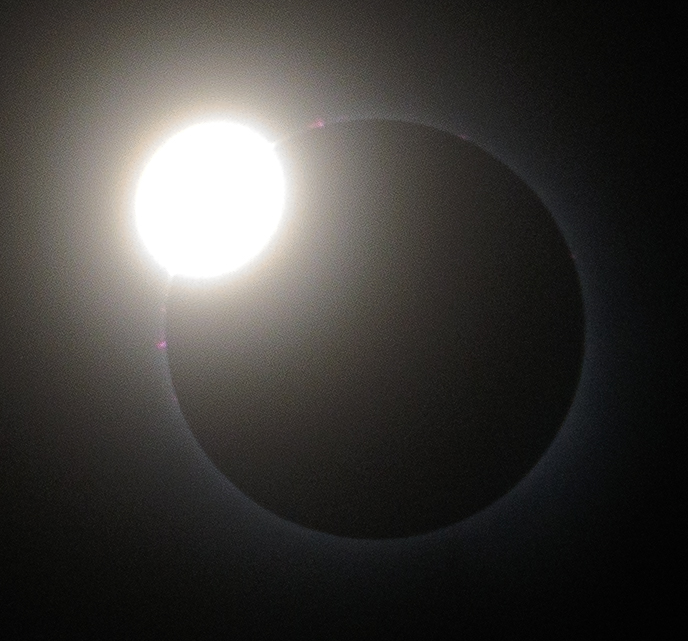
A few seconds later, the chromosphere became easily visible, complete with a small solar flare (which was larger than the Earth) – that’s the image at the top of this blog post.
My camera decided to act up at this point, so I started paying more attention to the eclipse and less to trying to capture it. It was much longer than last year’s eclipse in Australia, and it got a LOT darker than it did last year. We could see lights come on at the ranch’s airstrip, and it was really hard to see very far.
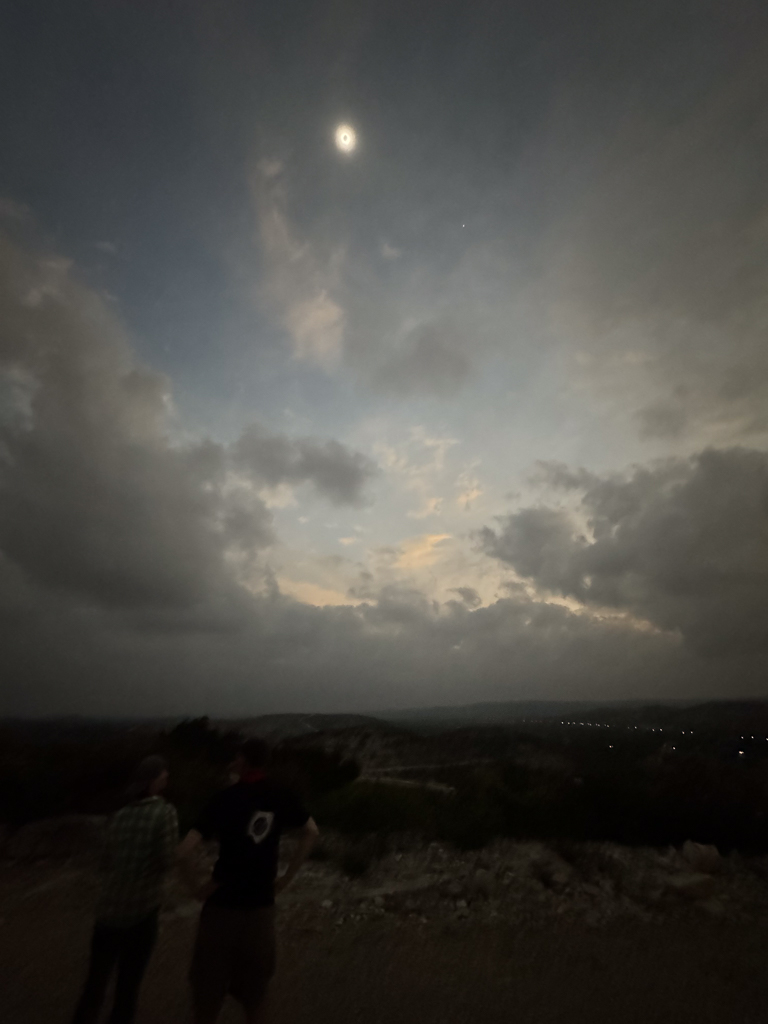
I spent the rest of the eclipse looking at the Sun and getting a few iPhone pictures.
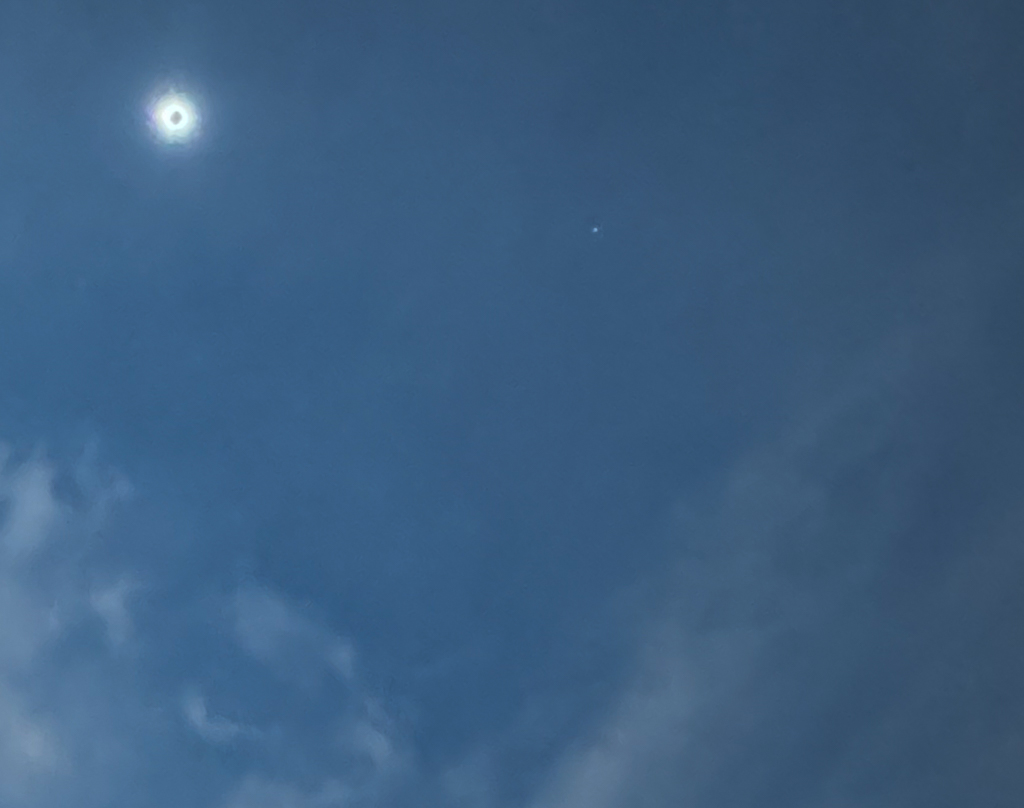
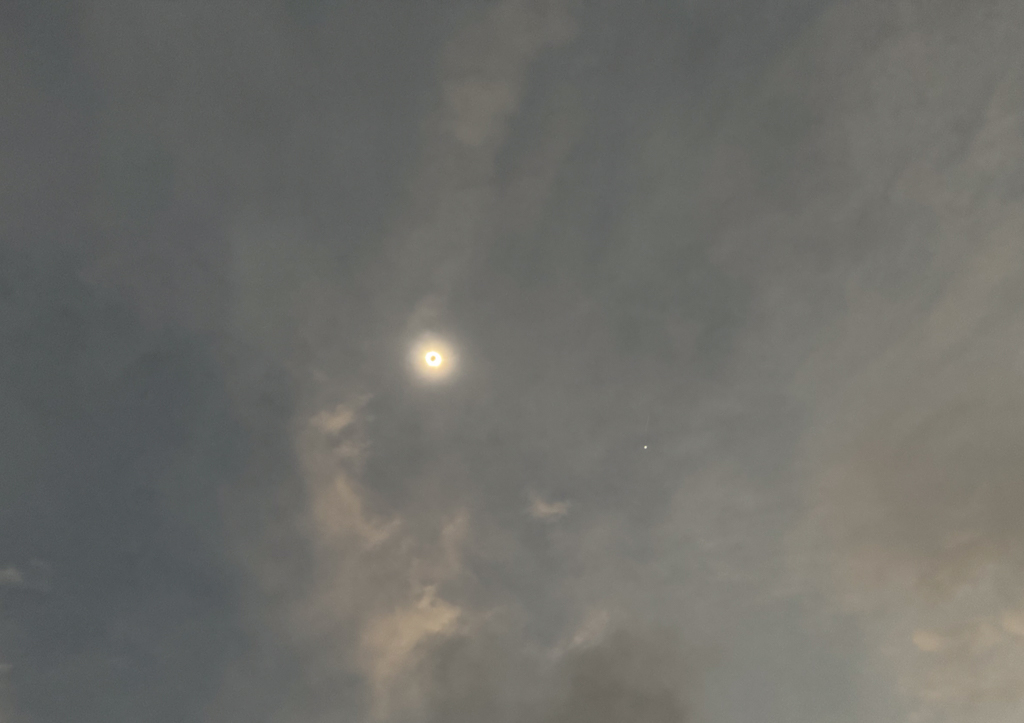
The diamond ring appeared on the right side of the Sun to mark the end of totality.
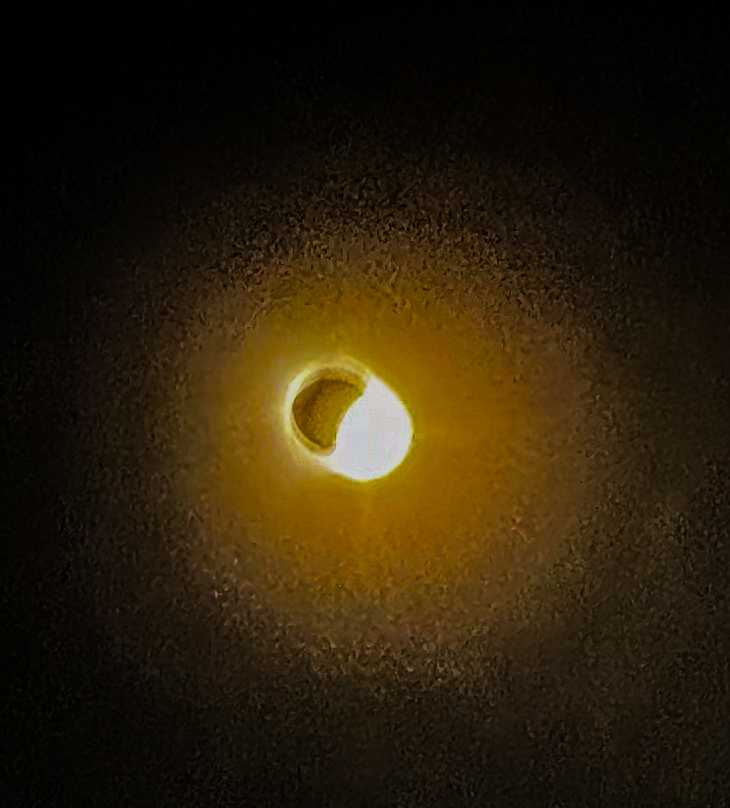
Our leaders (Rick, Fred, and Rick’s wife, Michelle) were very very happy…and so were we.
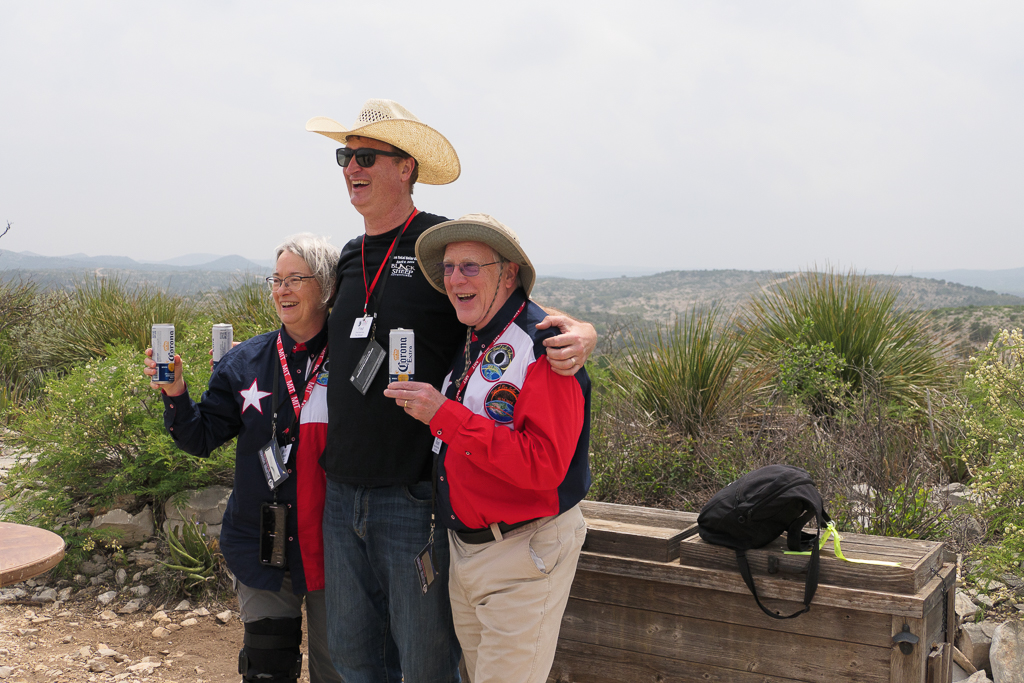
We celebrated with the appropriate beverage for the day.
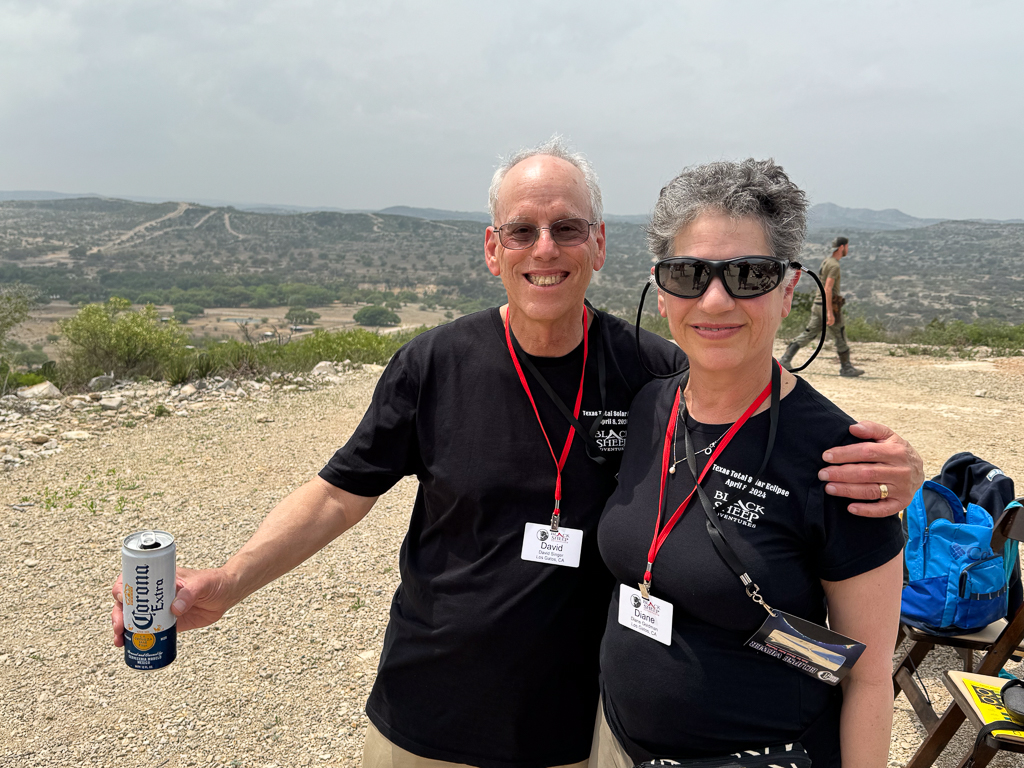
A few people stuck around for the rest of the eclipse, but most of us (including Diane and me) rode back to our cabins to rest up for the afternoon’s adventures.
